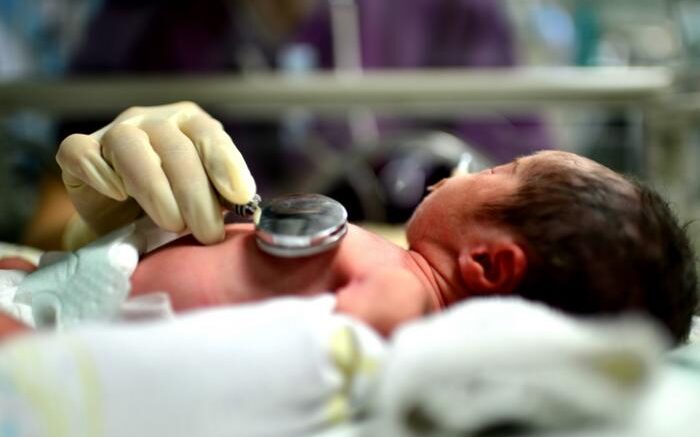Umbilical venous catheterization (UVC) is vital in neonatal care, as it provides essential intravenous access for preterm infants in neonatal intensive care units (NICUs). However, UVC is also associated with some risks, like catheter-associated infections, with central line-associated bloodstream infection (CLABSI) being a prominent concern. The incidence of UVC-associated CLABSI varies widely, and the optimal dwell time for UVC remains uncertain. While some reports suggest that early removal of the catheter followed by placement of a peripherally inserted central-line catheter can mitigate CLABSI risk, the data seems insufficient to draw any conclusions. CLABSI not only poses immediate health threats but can also lead to long-term consequences, including impaired neurodevelopment in preterm infants, highlighting the need for evidence-based national guidelines.
Recognizing the vital need to mitigate this risk, researchers undertook a comprehensive study to investigate the dwell time and incidence of CLABSI associated with UVC in China. The study, led by professor Mingyan Hei from Beijing Children's Hospital, Capital Medical University, was conducted from November 2019 to August 2021 and included 2,172 preterm infants with UVC.
“To our knowledge, this is the first national-level study on UV catheter dwell time and CLABSI incidence in China” says Hei.
This study was published in the journal Pediatric Investigation on Oct. 15, 2023.
Among infants aged 30.0 weeks on average, with a median birth weight of 1258.5 grams, the median UVC dwell time has been found to be seven days.
“Although we found the same increasing trend of the incidence of UVC-associated CLABSI when the dwell time increases, as in previous studies, our study showed no significant difference in CLABSI incidence between 0-7 days and 7-15 days of dwell time under the current status of UVC management in China. This might have been due to the high exposure rate of antibiotics among preterm infants in China” says Hei. The study also found that a high rate of antibiotic exposure did not cause any reduction in CLABSI rates, raising questions about the efficacy of antibiotics in preventing these infections. The study's findings underscore the complexity of neonatal care, emphasizing the need for nuanced approaches in antibiotic administration.
Additionally, the research highlighted the top complications associated with UVC, with catheter occlusion and migration of the UVC tip being the most prevalent. These insights are crucial for healthcare providers, allowing them to anticipate challenges and optimize care strategies for neonatal patients.
One of the study's most significant contributions is its national scope. By encompassing a vast array of NICUs across different provinces, this study provides a comprehensive overview of UVC practices and complications in China. The findings not only benefit the medical community but also serve as a reference for policymakers and healthcare administrators, guiding the formulation of standardized protocols for UVC procedures in NICUs nationwide.
While this study provides crucial insights, it also raises pertinent questions for future research. As the healthcare landscape evolves, further studies are warranted to delve deeper into the complexities of neonatal care, including the impact of antibiotics, optimal dwell times, and long-term outcomes for preterm infants undergoing UVC procedures.
Source: Cactus Communications
